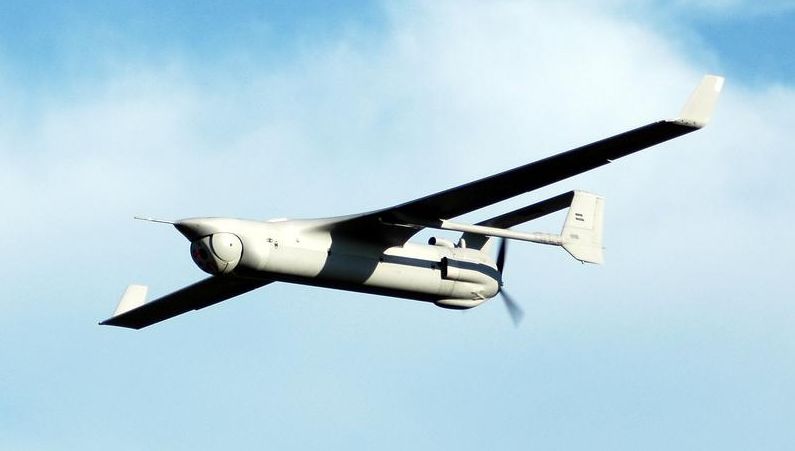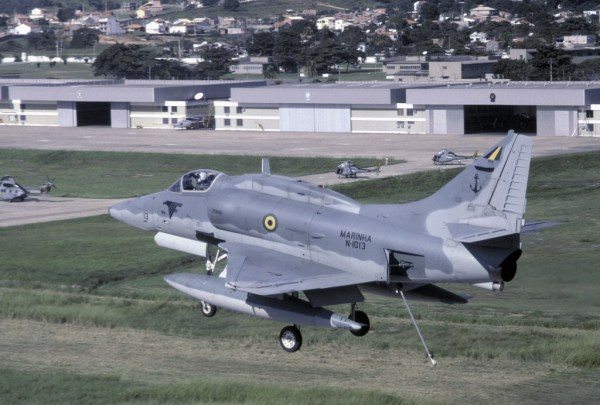There are only two winners in war: medicine and technology. The imperative to save lives and then provide wounded warriors with the best care and rehabilitation has been a powerful force producing dramatic advances in such areas as emergency medicine, trauma surgery, the treatment of burns, prosthetic devices and even the development of replacement organs. Technology too can be a big winner in war allowing such radical ideas as the computer, jet engine and the atom bomb to be made real.
One of the big technology “winners” to emerge from the decade of conflict in Iraq and Afghanistan is the unmanned aerial system (UAS) or drone. The military has gone from an inventory of a few dozen to veritable swarms of UASs of varying sizes and functions. Over the past several years, the Air Force increased its inventory of drones by more than 300%. It now is capable of operating some 50 continuous Predator surveillance orbits.
With new wide area sensors such as Gorgon Stare, these UASs can provide an overwhelming wealth of real-time data to operators on the ground. The Army went from close to zero UASs at the start of Operation Enduring Freedom to now operating thousands. Most of these are hand-launched systems such as the Raven and Puma, the Army is also acquiring a fleet of larger Shadow and Gray Warrior UASs, the latter a variant of the Predator.
Now the Navy is moving full speed ahead into the UAS age.
The Navy first got into the drone business in 2008 with the MQ-4C Broad Area Maritime Surveillance (BAMS) UAS, a maritime derivative of the Air Force’s highly effective RQ-4 Global Hawk. In 2010, it took the next step, awarding a contract to Insitu for the small tactical unmanned aircraft system (STUAS). This new UAS will be deployed on ships as well as on land providing a combination of ISR, targeting and communications support.
But it is the Navy’s next step that holds out the promise for a transformation in warfare. Sometime in the next year, the Navy hopes to award one or more contracts for the development of an Unmanned Carrier Launched Airborne Surveillance and Strike (UCLASS) system. Unlike existing drones, this one will be designed from the start with the prospect of combat in mind.
The Navy (and the contractors) will have a challenge balancing the requirements for stealthiness, range, speed, and payload as well as to defining a total package that is also affordable. Whatever emerges from this effort will be only the start. But it will set carrier-based aviation on a new flight path, change both the composition and operations of the carrier air wing and, possibly, even alter the role of the modern large aircraft carrier in naval and joint warfare.











